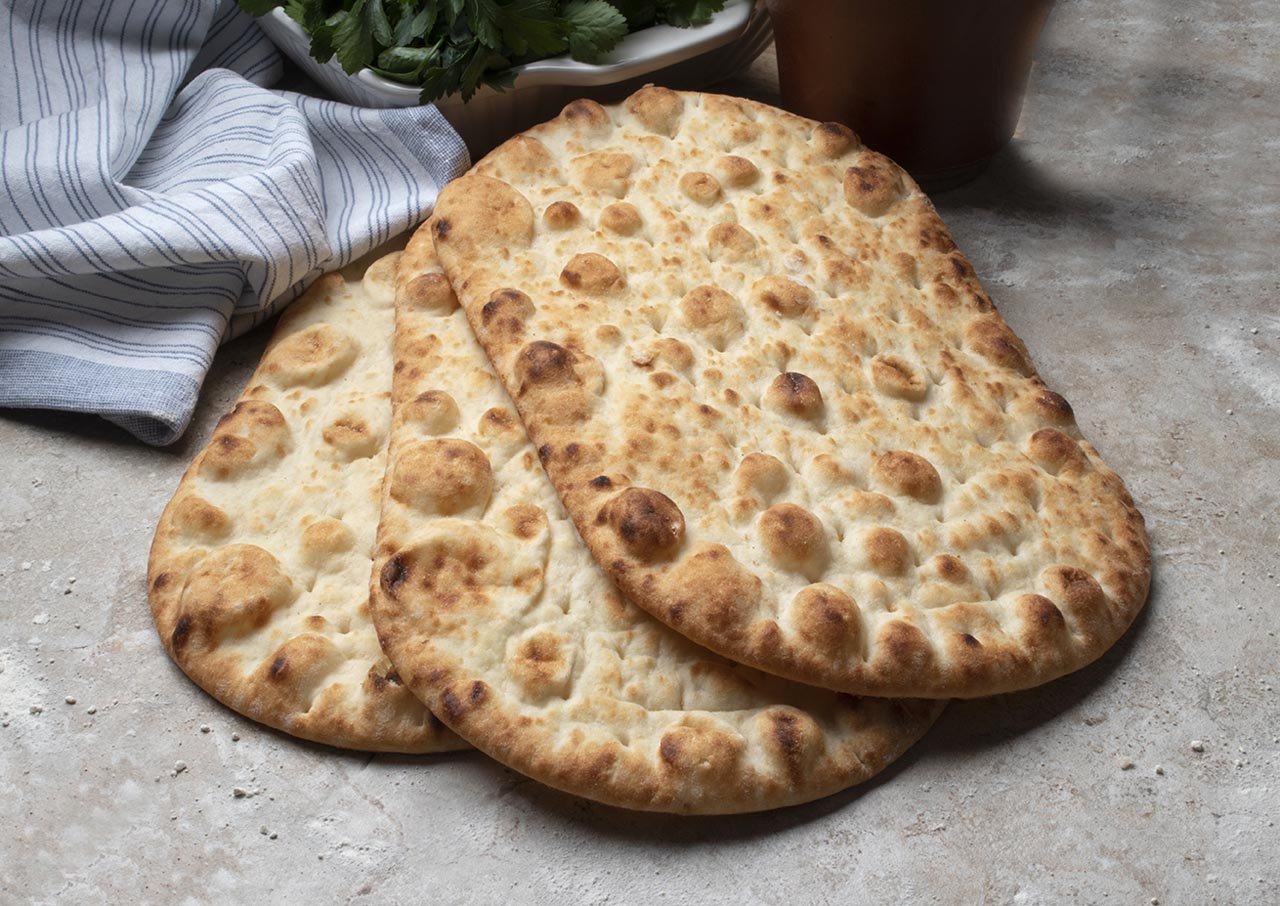

Articles
How To Store Flatbread
Modified: December 7, 2023
Learn the best tips and tricks for storing flatbread in this informative article. Keep your flatbread fresh and delicious with our expert advice.
(Many of the links in this article redirect to a specific reviewed product. Your purchase of these products through affiliate links helps to generate commission for Storables.com, at no extra cost. Learn more)
Introduction
When it comes to enjoying a delicious and satisfying meal, flatbread is a go-to option for many people around the world. With its versatile nature and ability to complement a variety of flavors, flatbread has become a staple in cuisines across different cultures.
However, to truly appreciate the taste and texture of flatbread, it is essential to store it properly. Whether you have leftovers from a homemade batch or want to stock up on store-bought options, understanding the right storage methods can make a significant difference in maintaining its freshness and quality.
In this article, we will explore the importance of proper flatbread storage and provide you with practical tips and recommended methods to keep your flatbread delicious and ready to be enjoyed at any time.
Key Takeaways:
- Proper storage of flatbread is crucial to maintain its texture, flavor, and freshness. Factors like air exposure, moisture, temperature, and duration play a significant role in preserving the quality of flatbread.
- Utilizing recommended storage methods such as refrigeration, freezing, airtight containers, and proper labeling ensures that flatbread remains delicious and ready to be enjoyed for an extended period.
Read more: How To Store Store-Bought Bread
Importance of Proper Flatbread Storage
Proper storage of flatbread is crucial for several reasons. Firstly, it helps to preserve the texture and flavor of the bread. Flatbread tends to dry out quickly when exposed to air or moisture, resulting in a stale and unappetizing taste. By storing it correctly, you can maintain its softness and keep it fresh for longer.
Secondly, proper storage prevents mold and bacterial growth. Flatbread, just like any other type of bread, can be susceptible to mold if not stored in the right conditions. Mold not only affects the taste and quality of the bread but also poses potential health risks if consumed.
Moreover, storing flatbread properly also helps to prevent it from becoming stale. Stale flatbread tends to become hard and loses its pleasant texture, making it less enjoyable to eat. By following the recommended storage methods, you can extend its shelf life and ensure that every bite remains delicious.
Lastly, proper storage allows you to make the most out of your flatbread. Whether you have a batch of homemade flatbread or have purchased it from a store, storing it properly ensures that you can enjoy the bread for a longer period. This is particularly helpful if you want to prepare meals in advance or have leftovers that you want to savor later.
Overall, understanding the importance of proper flatbread storage is essential for preserving its quality, texture, and flavor. By following the correct storage methods, you can ensure that your flatbread remains fresh and delightful to eat, allowing you to fully appreciate this versatile culinary delight.
Factors to Consider for Flatbread Storage
When it comes to storing flatbread, there are several key factors that you need to consider. By taking these factors into account, you can ensure that your flatbread stays fresh and maintains its quality for as long as possible.
Air Exposure: Exposure to air is one of the primary factors that can cause flatbread to become stale. Oxygen in the air reacts with the bread’s moisture, resulting in texture changes and loss of freshness. It is important to minimize air exposure as much as possible when storing flatbread.
Moisture: Moisture can also lead to the deterioration of flatbread. Excess humidity can make the bread soft and soggy, while elevated moisture levels can encourage mold growth. It is crucial to store flatbread in a dry environment to maintain its quality.
Temperature: The temperature at which flatbread is stored plays a significant role in its shelf life. High temperatures can expedite spoilage and promote mold growth, while low temperatures can cause the bread to become stale. Finding the optimal temperature for storage is vital to preserving its freshness.
Direct Sunlight: Exposure to direct sunlight can accelerate the degradation of flatbread. The heat and UV rays from the sun can cause changes in texture and flavor. It is advisable to store flatbread in a cool, dark place away from direct sunlight.
Contamination: Contamination can occur if flatbread comes into contact with other foods or substances that may alter its taste or introduce harmful bacteria. It is essential to store flatbread in a clean and separate container to avoid cross-contamination.
Duration: The length of time you plan to store flatbread also influences the storage method you choose. If you only need to store it for a short period, different methods may be suitable compared to long-term storage.
Portioning: If you have a large batch of flatbread that you want to store, consider portioning it into smaller sizes. This allows you to thaw or consume only what you need, reducing waste and ensuring the rest of the bread remains fresh.
By considering these factors, you can make informed decisions about how to store your flatbread effectively. Taking these factors into account will help to extend the shelf life of the bread and ensure that each piece remains delicious and enjoyable for whenever you’re ready to indulge.
Recommended Storage Methods for Flatbread
Now that we understand the importance of proper flatbread storage and the factors to consider, let’s explore the recommended methods to store flatbread and keep it fresh for as long as possible.
Storing Flatbread in the Refrigerator: The refrigerator is a convenient option for short-term storage of flatbread. Place the flatbread in a resealable bag or wrap it tightly in plastic wrap to minimize air exposure. Make sure to remove as much air as possible before sealing the bag or wrapping. Store the flatbread in the refrigerator, where it can stay fresh for up to 3-4 days. However, keep in mind that refrigeration may cause the bread to become slightly drier, so it is best to consume it sooner rather than later.
Storing Flatbread in the Freezer: Freezing flatbread is an excellent option for long-term storage. To freeze flatbread, first, wrap it tightly in plastic wrap or place it in a resealable freezer bag. Again, remove as much air as possible to prevent freezer burn. Label the bag with the date for easy identification later. Flatbread can be stored in the freezer for up to 3 months without compromising its taste and texture. When you’re ready to enjoy, thaw the flatbread at room temperature or gently warm it in an oven or toaster.
Using Airtight Containers for Flatbread Storage: Airtight containers are another effective method for storing flatbread. Place the flatbread in a clean, airtight container that is large enough to accommodate the bread without causing it to bend or break. This method helps to keep the bread protected from air exposure, moisture, and potential contamination. It is ideal for both short-term and long-term storage.
Wrapping in Aluminum Foil: Wrapping flatbread in aluminum foil is a simple yet effective method to maintain its freshness. Wrap the bread tightly in aluminum foil to prevent air exposure and moisture loss. This method works well for short-term storage and can be combined with other storage methods like refrigeration or freezing.
Using Vacuum Sealer: If you have a vacuum sealer, consider using it to store flatbread. Vacuum sealing removes air completely from the storage bags, ensuring maximum freshness and preventing freezer burn. This method is particularly useful for long-term storage in the freezer.
Remember to consider the duration of storage and choose the appropriate method accordingly. If you plan to consume the flatbread within a few days, refrigeration or airtight containers are sufficient. For longer storage, opt for freezing with proper wrapping or vacuum sealing to maintain the bread’s quality.
By following these recommended storage methods, you can ensure that your flatbread stays fresh, delicious, and ready to be enjoyed whenever you’re craving a tasty meal or snack.
Storing Flatbread in the Refrigerator
If you have leftover flatbread or want to store it for a few days, the refrigerator is a suitable option. However, it’s important to follow the proper steps to ensure that the bread retains its freshness and flavor.
1. Wrap it tightly: To start, wrap the flatbread tightly in plastic wrap or place it in a resealable plastic bag. This helps prevent air exposure, which can lead to the bread drying out and becoming stale. Make sure to remove as much air as possible before sealing the bag or wrapping to maintain the quality of the flatbread.
2. Minimize moisture: Moisture can affect the texture of flatbread, so it’s crucial to keep it to a minimum. Place a paper towel inside the bag or container to absorb any excess moisture. This will help keep the flatbread fresh and prevent it from becoming soggy.
3. Choose the right temperature: Set your refrigerator to a temperature of around 40°F (4°C) for optimal storage. This temperature helps slow down the process of deterioration without freezing the bread. Avoid placing the flatbread near the back of the refrigerator where the temperature might fluctuate more.
4. Store in the correct location: Find a suitable spot in the refrigerator to store the flatbread. It’s best to choose an area where it won’t get crushed or damaged. Keep it away from strong-smelling foods to avoid any flavor transfer.
5. Consume within 3-4 days: While flatbread stored in the refrigerator can last for 3-4 days, it’s ideal to consume it sooner rather than later for the best taste and texture. After this period, the bread may start to lose its freshness and become dry. If you don’t plan to consume it within this timeframe, consider freezing it instead for a longer shelf life.
Storing flatbread in the refrigerator is a convenient option for short-term storage. It allows you to keep the bread fresh for a few days and enjoy it as needed. Remember to wrap it tightly, minimize moisture, set the right temperature, choose the proper storage location, and consume it within 3-4 days for the best results.
By following these steps, you can extend the shelf life of your flatbread and ensure that it remains delicious and ready to be enjoyed until its last bite.
Store flatbread in an airtight container or resealable plastic bag at room temperature for up to 3 days. For longer storage, freeze flatbread in a freezer-safe bag for up to 3 months.
Read more: How To Store Basil From Store
Storing Flatbread in the Freezer
If you want to store flatbread for an extended period, the freezer is an excellent option. Freezing flatbread properly helps to maintain its texture, flavor, and overall quality. Here’s how you can store flatbread in the freezer:
1. Wrap it tightly: Start by wrapping the flatbread tightly. Ensure that it is well-protected from air exposure and moisture. You can use plastic wrap or place it in a resealable freezer bag. Make sure to remove as much air as possible from the bag before sealing it. This helps to prevent freezer burn and maintain the best quality of the bread.
2. Label and date: It’s essential to label the package with the date of freezing. This allows you to keep track of when the flatbread was stored and ensures that you can use it within the recommended timeframe. Use a permanent marker or a freezer-safe label to mark the packaging.
3. Store in a freezer-safe container: For additional protection, you can place the wrapped flatbread in a freezer-safe container. This provides an extra layer of insulation and helps to prevent the bread from getting crushed or damaged. Make sure the container is airtight to maintain the best possible quality.
4. Set the right temperature: Ideally, set your freezer to a temperature of 0°F (-18°C) or below. This low temperature allows the flatbread to remain frozen without compromising its taste and texture. Avoid frequent temperature fluctuations by not placing the bread near the freezer door.
5. Thawing and reheating: When you’re ready to enjoy the frozen flatbread, it’s important to thaw it properly. Remove the desired number of flatbread portions from the freezer and let them thaw at room temperature for a few hours or overnight in the refrigerator. Once thawed, you can gently warm the flatbread in an oven or toaster to restore its freshness and serve it warm.
6. Storage duration: Flatbread can be stored in the freezer for up to 3 months without significant loss in quality. While it may still be safe to consume beyond this period, the bread might start to lose its texture and taste. It’s best to consume the frozen flatbread within 3 months for the best results.
By following these steps, you can successfully store flatbread in the freezer and enjoy its deliciousness even after an extended period. Proper wrapping, labeling, and setting the right temperature ensure that your flatbread remains fresh and ready to be enjoyed whenever you want a tasty treat.
Remember to thaw the flatbread properly and reheat it before serving to bring back its original texture and flavor. By incorporating these steps into your flatbread storage routine, you can always have a delicious supply of flatbread on hand for whenever cravings strike.
Using Airtight Containers for Flatbread Storage
Using airtight containers is a practical and effective method for storing flatbread. Airtight containers not only protect the bread from air exposure but also help to maintain its freshness and prevent moisture loss. Here’s how you can use airtight containers for flatbread storage:
1. Choose the right container: Select a clean and airtight container that is large enough to accommodate the flatbread without causing it to bend or break. Glass or plastic containers with tight-fitting lids are ideal for this purpose. Make sure the container is in good condition and has a reliable sealing mechanism.
2. Prepare the flatbread: Before placing the flatbread in the container, ensure that it is completely cooled down to room temperature. Warm bread can create condensation inside the container, leading to moisture buildup and compromising the quality of the bread. If the bread is still warm, allow it to cool down completely before transferring it to the container.
3. Wrap the flatbread: To provide an extra layer of protection, you can wrap the flatbread in plastic wrap or parchment paper before placing it inside the container. This helps to minimize air exposure and prevents the bread from sticking to the container walls. Ensure that the flatbread is tightly wrapped to maintain its freshness.
4. Place the flatbread in the container: Carefully place the wrapped flatbread inside the airtight container. Make sure not to overcrowd the container to avoid squishing or damaging the bread. If you have multiple pieces, consider layering them with a sheet of parchment paper or plastic wrap to prevent them from sticking together.
5. Seal the container tightly: Once the flatbread is inside the container, seal it tightly to create an airtight seal. Double-check that the lid is securely closed to prevent any air from getting in. This helps to maintain the freshness and quality of the bread, preserving its taste and texture.
6. Store in a cool place: Find a suitable spot in your pantry or kitchen cabinet to store the airtight container. Ensure that it is away from direct sunlight and strong odors to avoid any flavor transfer. A cool and dry place is ideal for maintaining the freshness of the flatbread.
7. Consume within a reasonable timeframe: While storing flatbread in an airtight container extends its shelf life, it’s still recommended to consume it within a reasonable timeframe. Ideally, consume the flatbread within a week or two to enjoy it while it’s still fresh and at its best quality.
Using airtight containers for flatbread storage offers convenience and protection against air exposure and moisture loss. It helps to preserve the freshness and flavor of the bread, allowing you to enjoy it for an extended period. By following these steps, you can ensure that your flatbread remains delicious and ready to be savored whenever you’re in the mood for a tasty meal or snack.
Tips for Maintaining Freshness and Quality
To ensure that your flatbread stays fresh and maintains its quality, it’s essential to follow some simple tips. By incorporating these tips into your storage routine, you can enjoy delicious and flavorful flatbread every time:
1. Cool completely before storing: Allow the flatbread to cool down completely to room temperature before storing it. Storing warm bread can create condensation, leading to moisture buildup and compromising the bread’s freshness.
2. Wrap tightly: Whether you’re storing flatbread in the refrigerator, freezer, or using airtight containers, always wrap it tightly. This prevents air exposure and helps maintain the bread’s texture and flavor. Use plastic wrap, parchment paper, or resealable bags to keep the bread tightly wrapped.
3. Minimize air exposure: Air exposure is one of the main factors that deteriorate flatbread. Whenever you open the storage container or bag, make sure to reseal it tightly after taking out the desired amount of bread. The less air the bread comes into contact with, the longer it will stay fresh.
4. Separate individual portions: If you have a large batch of flatbread, consider separating it into individual portions before storing. This way, you can thaw or consume only what you need, which helps to minimize waste and maintain the freshness of the remaining bread.
5. Label and date: When storing flatbread in the freezer or for an extended period, it’s crucial to label the packaging with the date of storage. This allows you to keep track of its freshness and helps you use it within the recommended timeframe.
6. Store in the right temperature: Pay attention to the storage temperature of the flatbread. Keep it in a cool and dry place, away from direct sunlight or excessive heat. Refrigerator temperature should be set at around 40°F (4°C), while the freezer should be at 0°F (-18°C) or below for optimal storage conditions.
7. Avoid moisture: Moisture can quickly affect the texture and freshness of flatbread. Avoid storing flatbread in areas with high humidity or in close proximity to items that release moisture, such as fruits or vegetables. Moisture can make the bread soggy and encourage mold growth.
8. Thaw properly: If you store flatbread in the freezer, make sure to thaw it properly before consuming. Remove the desired amount of bread from the freezer and let it thaw at room temperature or in the refrigerator. Avoid thawing it in the microwave, as it can result in uneven heating and affect the texture of the bread.
9. Use within a reasonable timeframe: While proper storage methods can extend the shelf life of flatbread, it’s still best to consume it within a reasonable timeframe for the freshest taste. Aim to consume the bread within a few days to a week, depending on the storage method used.
By following these tips, you can maintain the freshness and quality of your flatbread. Whether you store it in the refrigerator, freezer, or in airtight containers, these simple practices will ensure that your flatbread is always delicious and enjoyable to eat.
Common Mistakes to Avoid in Flatbread Storage
Proper storage is crucial to maintaining the freshness and quality of flatbread. However, there are some common mistakes that people often make when storing flatbread. Avoiding these mistakes will help ensure that your flatbread stays delicious and enjoyable:
1. Not wrapping it tightly: Failing to wrap flatbread tightly is a common mistake. A loose wrap allows air to seep in, resulting in quick drying and staleness. Always remember to tightly wrap the flatbread in plastic wrap, parchment paper, or use resealable bags to minimize air exposure.
2. Storing warm or hot bread: Another common mistake is storing warm or hot flatbread. This can create condensation, leading to moisture buildup inside the storage container and compromising the bread’s quality. Allow the flatbread to cool completely to room temperature before storing it.
3. Not using airtight containers: Using the wrong type of container or leaving flatbread exposed can result in speedy staleness. Airtight containers help to maintain freshness by preventing air exposure and moisture loss. Opt for containers with tight seals that keep the bread well-protected.
4. Storing in the wrong temperature: Temperature plays a significant role in flatbread storage. Storing it in a warm environment speeds up the spoilage process, while a freezing temperature can affect the texture. Make sure to store flatbread in a cool and dry place, ideally at around 40°F (4°C) in the refrigerator or 0°F (-18°C) in the freezer.
5. Keeping it near strong odors: Flatbread can easily absorb strong odors from its surroundings, impacting its flavor and overall taste. Avoid storing it near strong-smelling foods, spices, or cleaning agents to maintain its original flavors.
6. Not using proper labeling: For those who store flatbread for extended periods, failing to label the packaging can cause confusion and lead to consuming stale bread. Always label the containers with the date of storage to help keep track of its freshness and use it within the recommended timeframe.
7. Freezing for too long: Freezing flatbread is a great way to extend its shelf life, but freezing it for an excessively long time can also affect its quality. While frozen flatbread can remain safe to eat beyond the recommended time, the quality may deteriorate. Aim to consume frozen flatbread within 3 months for the best taste and texture.
8. Thawing improperly: Improper thawing can result in uneven heating and texture changes. Avoid thawing flatbread at room temperature for an extended period, as it can lead to moisture loss. Instead, thaw it in the refrigerator overnight or gently warm it in an oven or toaster for the best results.
By avoiding these common mistakes, you can ensure that your flatbread stays fresh, flavorful, and ready to be enjoyed. With proper storage techniques and attention to detail, you’ll always have delicious flatbread to accompany your meals or to be enjoyed on its own.
Read more: How To Store Basil From Grocery Store
Conclusion
Proper storage is essential for maintaining the freshness and quality of flatbread. By following the recommended methods and avoiding common mistakes, you can ensure that your flatbread stays delicious and enjoyable for an extended period.
Storing flatbread in the refrigerator is a convenient option for short-term storage, while freezing it allows for longer preservation. Using airtight containers helps to protect the bread from air exposure and maintain its freshness. Wrapping the flatbread tightly, minimizing air exposure, and choosing the right temperature are essential steps to keep in mind.
Additionally, paying attention to factors like moisture, direct sunlight, and contamination helps to further preserve the quality of flatbread. Proper labeling and dating of the packaging can prevent confusion and ensure that you consume the bread within the recommended timeframe.
By implementing these tips and techniques, you can enjoy delicious flatbread whenever you want. Whether it’s homemade or store-bought, properly storing your flatbread will help maintain its flavor, texture, and overall quality.
So, the next time you have some flatbread on hand, remember to store it correctly. Take the time to wrap it tightly, choose suitable storage methods, and pay attention to temperature and moisture levels. By doing so, you’ll ensure that your flatbread remains fresh, delightful, and ready to be enjoyed in a variety of meals or as a satisfying snack.
Now that you have all the necessary knowledge about flatbread storage, go ahead and apply these tips to keep your flatbread as fresh as possible!
Frequently Asked Questions about How To Store Flatbread
Was this page helpful?
At Storables.com, we guarantee accurate and reliable information. Our content, validated by Expert Board Contributors, is crafted following stringent Editorial Policies. We're committed to providing you with well-researched, expert-backed insights for all your informational needs.




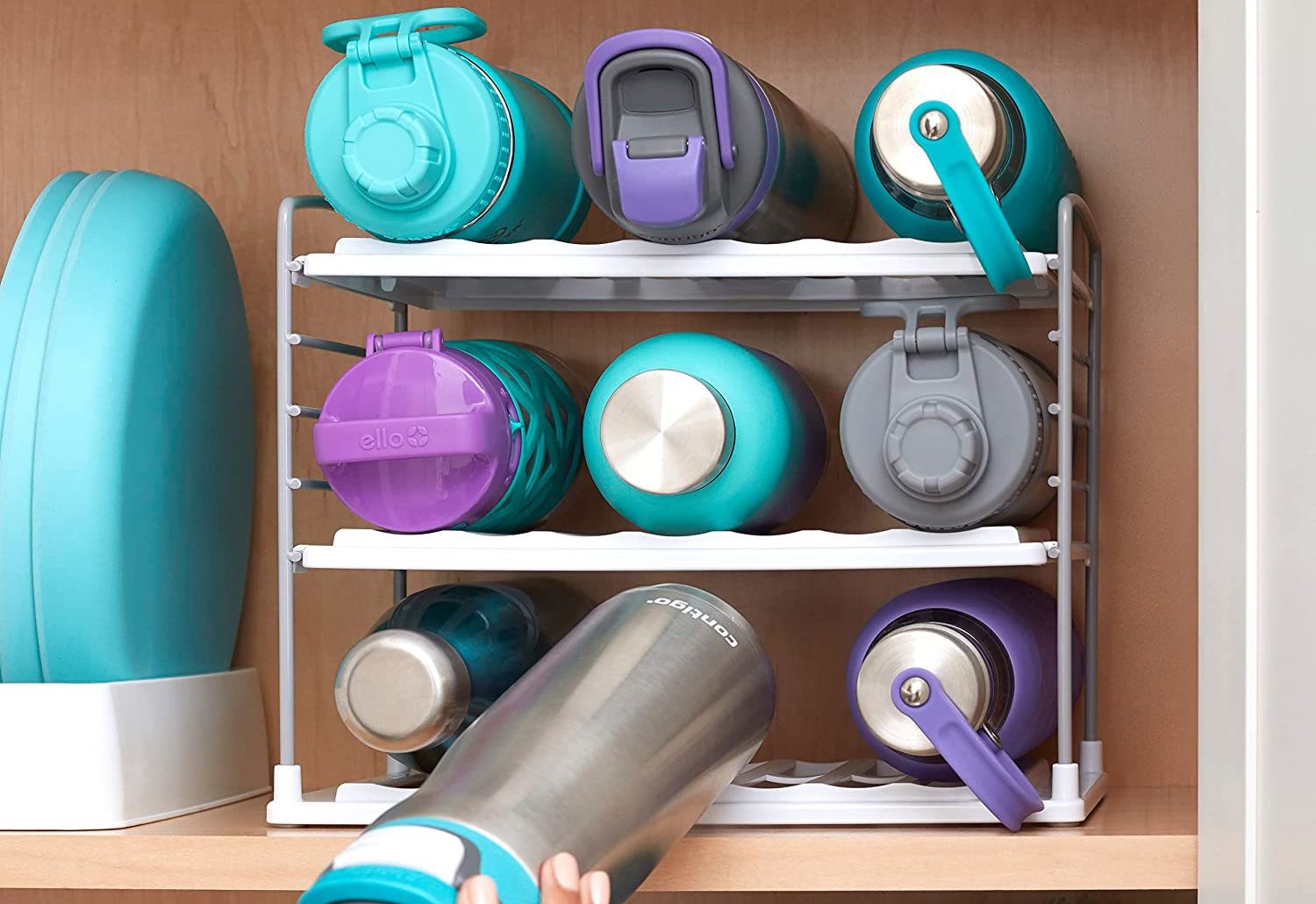


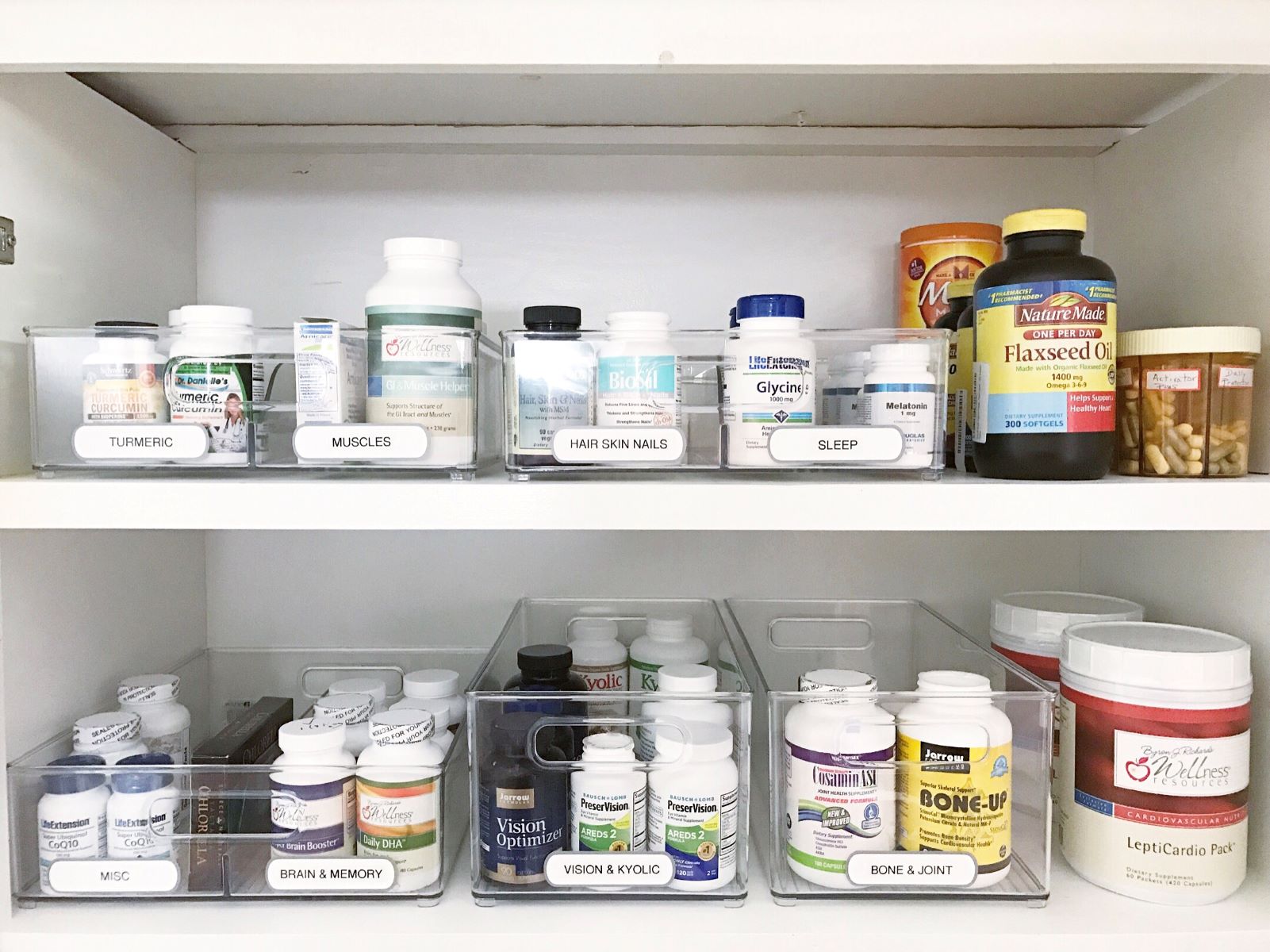



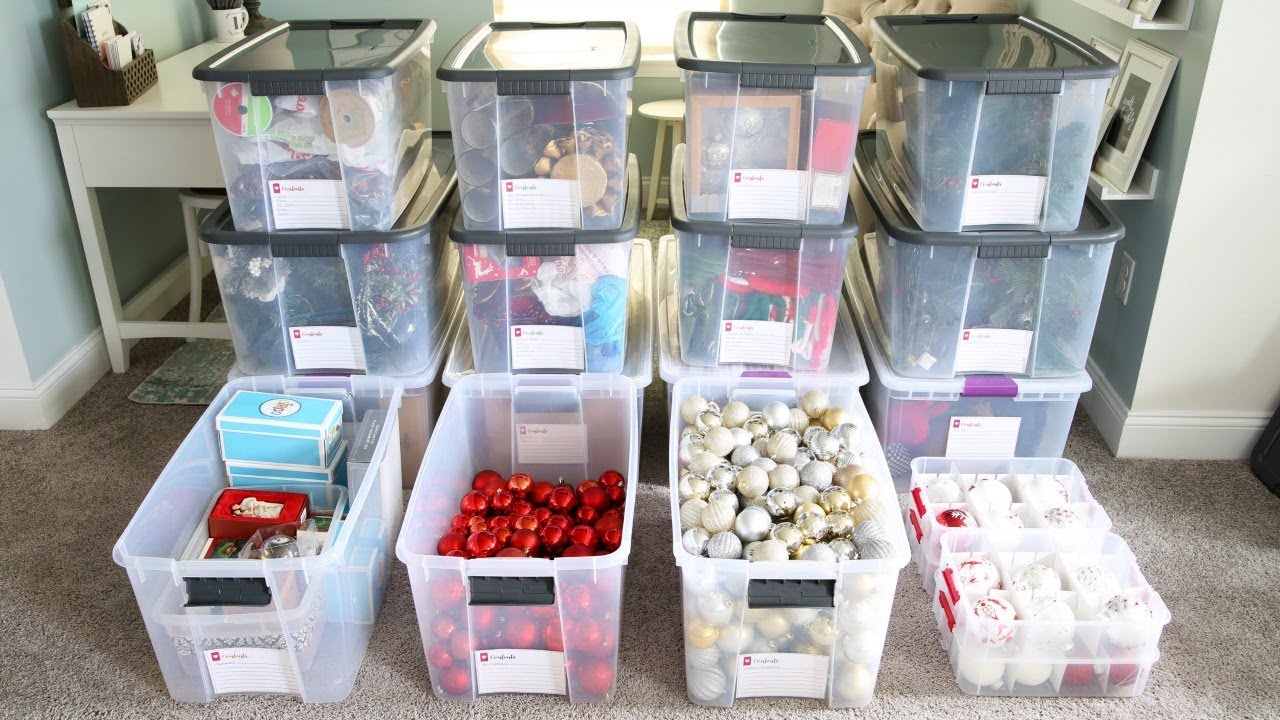
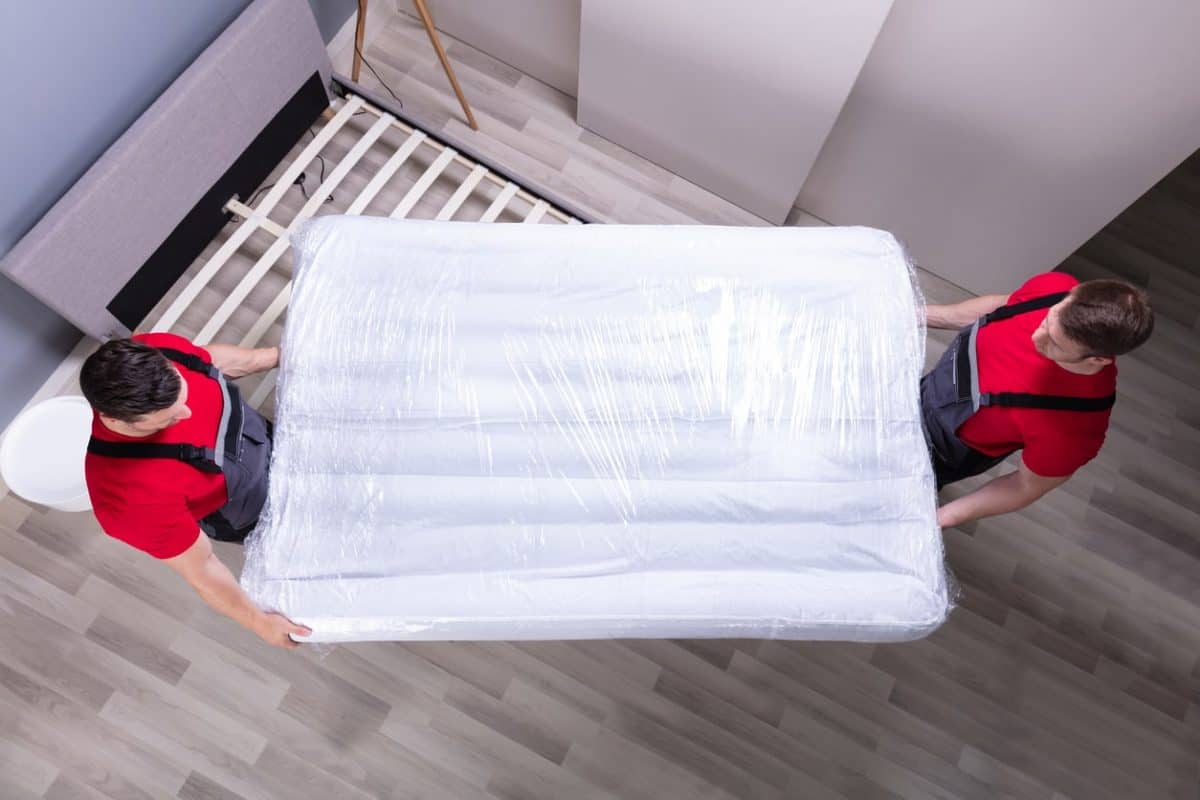

0 thoughts on “How To Store Flatbread”